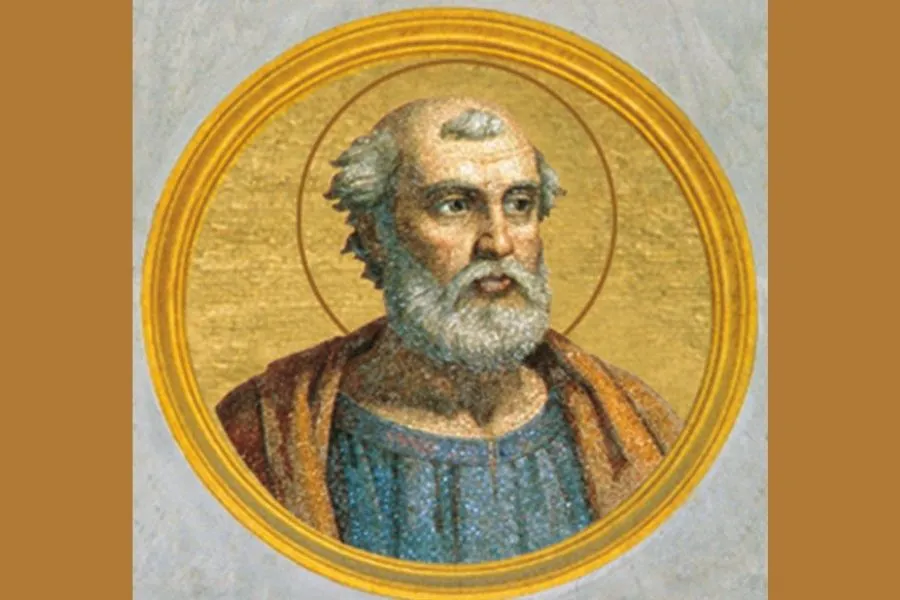During his Papacy, Pope Gelasius I is said to have written so many documents that he became known as the most prolific writer of the Church’s leaders for the next at least five centuries.
(Story continues below)
- Declared February 14 Valentine’s Day
Valentine's Day celebrations are said to have been inspired by St. Valentine, a Christian martyr who is regarded as the patron saint of love, beekeeping, and epilepsy. St. Valentine was a Roman priest who assisted persecuted Christians in marrying, an act that was deemed a violation under Gothicus' regime, leading to the Saint's imprisonment and subsequent execution.
According to History.com, by 496 AD, Pope Gelasius I declared February 14 as the Feast of St. Valentine, as an effort to replace the pagan Feast of Lupercalia, which was related to health and fertility. The pagan celebration was transformed into a day for celebrating love, eventually evolving into the modern-day Valentine's Day.
St. Gelasius I goes down in history as the Pope who put into effect the Dogma that refused unbaptized children from attaining salvation. The Church believed that original sin blocked salvation, and could only be washed away by baptism. This changed in 2007 during the leadership of Pope Benedict XVI when it was passed that “there are theological and liturgical reasons to hope that infants who die without baptism may be saved and brought into eternal happiness.”
Agnes Aineah is a Kenyan journalist with a background in digital and newspaper reporting. She holds a Master of Arts in Digital Journalism from the Aga Khan University, Graduate School of Media and Communications and a Bachelor's Degree in Linguistics, Media and Communications from Kenya's Moi University. Agnes currently serves as a journalist for ACI Africa.








